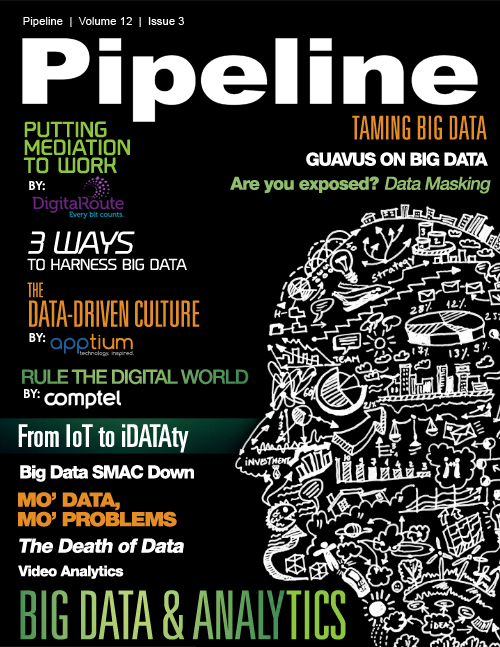Will IoT take us from identity to iDATAty?
By: Suzanne Clayton

Rapper, Black Eyed Peas frontman and entrepreneur, will.i.am grabbed attention at the March Mobile World Congress in Barcelona by describing the future of the digital content ecosystems with the word iDATAty. The word is meant to encompass how data mining will help companies and people connect with no search engines and no middlemen.
This concept represents the behavioral side of the Internet of Things: that massive proliferation of connected devices, networks, systems and people that promises to help us avoid car accidents, know when our appliances are about to break down, and keep us healthy. For B-to-C companies, though, the sensor-heavy M2M applications might be less important than the device that has almost become a human appendage: our smartphone.
The smartphone is capturing our preferences, browsing habits, music tastes, purchases, social activity, banking and speed at which we exercise. And communication service providers (CSPs) are uniquely poised to harness this lifestyle data to not only market their own services more effectively, but to enter cross-industry partnerships that allow other industries to better understand their customers and provide more relevant services to their customers.
But getting to iDATAty requires more than just the data. You need to be able to figure out how to store the data, analyze it and act on it – in real time. And you need to gain the customer’s buy-in for data sharing and build trust by securing the data. Today, that can be a hurdle; but with millennials less focused on privacy and consumers even busier, this will gradually become the norm in the near future.
Getting to iDATAty
As a busy professional and mom, I do not have the time to waste walking into a store that doesn’t have what I want. And sometimes I’m so focused on daily necessities that I am oblivious to my worn-down running shoes or expired refrigerator water filter. So I’m happy when retailers use the data they have about me and my prior purchases to send me offers for things I’ve forgotten about. If the offer is spot on – I buy it!
This is the kind of data sharing that most consumers embrace, and to execute on it will require “data mining". Perhaps it takes a rapper to highlight why data mining is a revenue generator that can delight customers. “Your identity isn't your bank account information. Your identity is the things you like and who you know and where you go,” notes will.i.am.
CSPs are already mining data usage patterns to create better data plans, attract new customers and retain valuable ones. These exercises have shown mixed results. As unlimited data plans became a marketing “must have", carriers resorted to the dreaded “throttle” to deal with data over-consumption. And for CSPs that continue to market packages with specific data limits, customer aggravation at blowing through data limits and getting penalized with high per minute rates is an industry sore spot.
One global CSP is making essential steps toward iDATAty by tapping into their streams of customer data to create real-time marketing campaigns. Their throttling campaign is targeted to customers about to hit their data volume and be throttled. Depending on the customer‘s throttle history and pack eligibilities, the customer gets an offer. The second step tracks the customer‘s reaction and makes an alternative offer if the customer declines the initial offer, with the goal of avoiding a poor customer experience. The key is to come up with an offer that hits the sweet spot: Enough data at the right price, delivered before throttlegeddon. It anticipates what the customer wants before they need it. While the approach is in the early stages, the provider estimates that along with similar data-driven campaigns, it will increase revenue by millions of dollars.





















